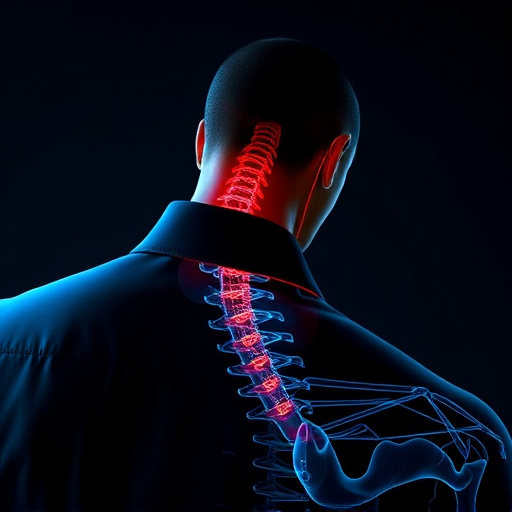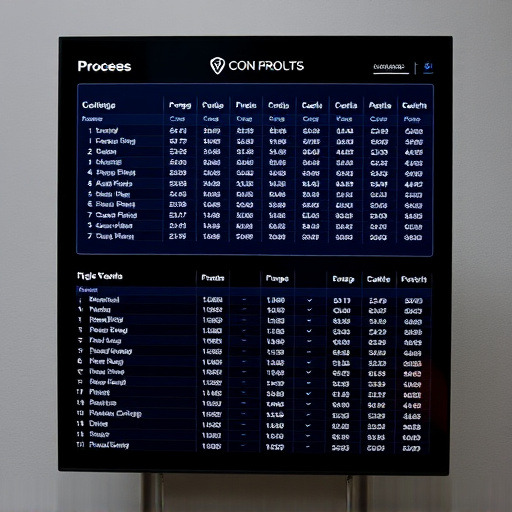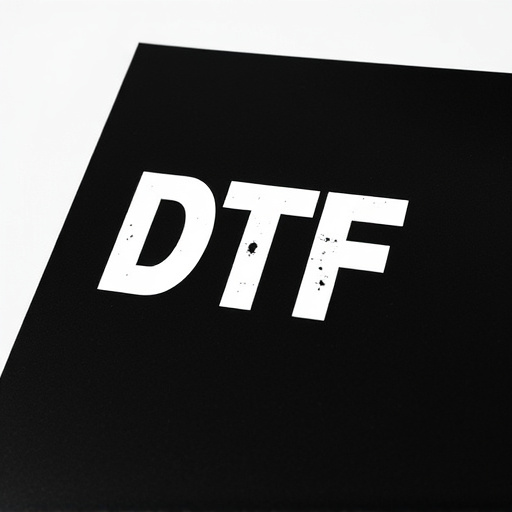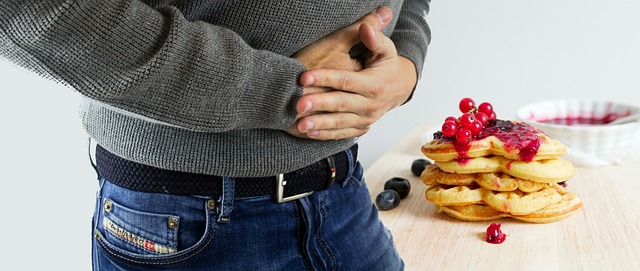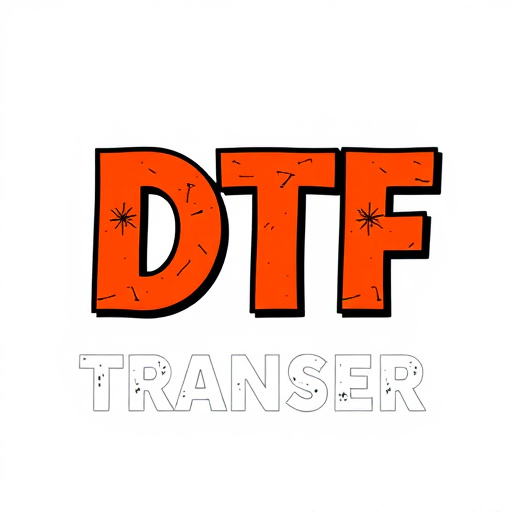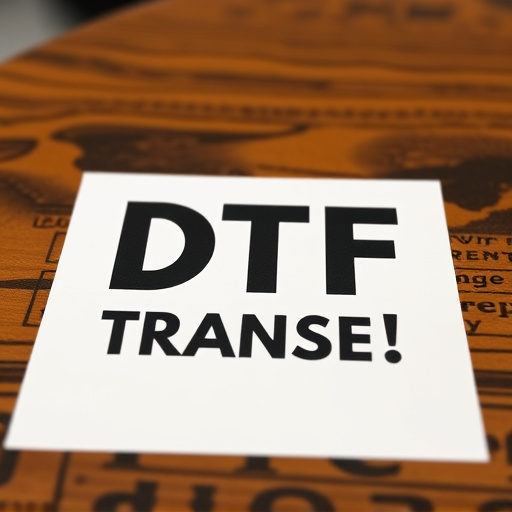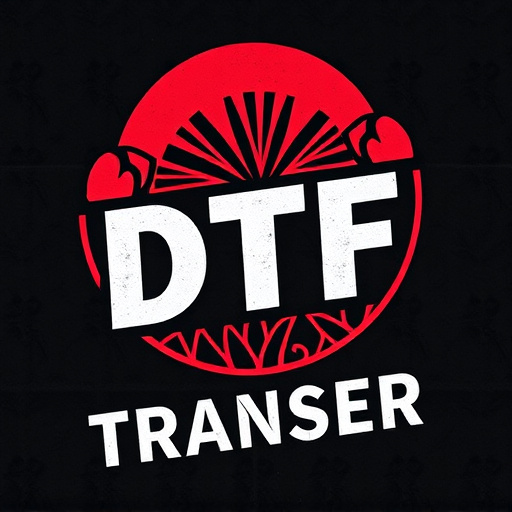Direct-to-fabric (DTF) transfers have transformed commercial printing and garment decoration by offering an efficient, cost-effective, and versatile method for applying designs to various fabrics with extended durability. Using specialized equipment, precise layers of heat-curable ink are deposited directly onto fabric surfaces, creating vibrant, long-lasting prints resistant to rigorous washing and handling. DTF technology is ideal for merchandising, uniform design, and promotional products, providing businesses with a durable and visually appealing branding solution that stands out in the market. Regular maintenance and best practices ensure print longevity, making DTF transfers a powerful tool in demanding commercial applications like outdoor advertising and high-traffic areas.
“Unleash the power of long-lasting brand messaging with extended durability transfers (DTF) for commercial applications. This cutting-edge technology revolutionizes printing and branding, offering unparalleled endurance and versatility. From vibrant window graphics to durable product labeling, DTF prints excel in diverse business settings. Discover how this innovative process enhances visual impact, ensures longevity, and fosters effective communication. Explore the secrets behind its durability, best practices for consistent quality, and real-world success stories that make DTF transfers a game-changer in modern printing.”
- Understanding DTF Transfers: An Overview of the Technology
- Advantages of DTF for Commercial Printing and Branding
- Applications: Where DTF Prints Excel in the Business World
- Ensuring Durability: The Secrets to Long-Lasting DTF Transfers
- Best Practices for DTF Printing: Achieving Consistent Quality
- Case Studies: Real-World Success Stories of DTF Transfer Solutions
Understanding DTF Transfers: An Overview of the Technology

Direct-to-fabric (DTF) transfers have emerged as a game-changer in the world of commercial printing and garment decoration. This technology offers an efficient, cost-effective, and versatile method for applying designs to various fabrics with extended durability. DTF involves a unique process where print data is directly transferred from a digital file to a fabric surface without the need for intermediate screens or plates.
The DTF transfer process begins with preparing the fabric by treating it to ensure optimal bonding with the ink. Then, using specialized printing equipment, highly precise layers of heat-curable ink are deposited onto the fabric, forming intricate designs and graphics. After printing, the fabric undergoes a curing process, typically involving heat, to set the inks permanently. This results in vibrant, long-lasting DTF prints that can withstand rigorous washing and handling, making them ideal for commercial applications such as merchandising, uniform design, and promotional products.
Advantages of DTF for Commercial Printing and Branding

Direct-to-fabric (DTF) transfers offer a range of advantages for commercial printing and branding. One of the key benefits is their extended durability, ensuring that prints remain vibrant and legible even after extensive use. This makes DTF ideal for creating long-lasting marketing materials, uniforms, and promotional items. The process involves high-quality inks that are heat pressed onto various fabric types, resulting in a durable bond that can withstand washing, fading, and wear and tear.
Additionally, DTF printing allows for intricate design details and vibrant color reproduction, making it suitable for branding applications where visual appeal is crucial. It enables businesses to create unique, custom designs that stand out from the competition. Moreover, DTF transfers are versatile, accommodating a wide range of fabric materials, from t-shirts and caps to bags and upholstery, expanding the possibilities for creative brand promotion and product customization.
Applications: Where DTF Prints Excel in the Business World
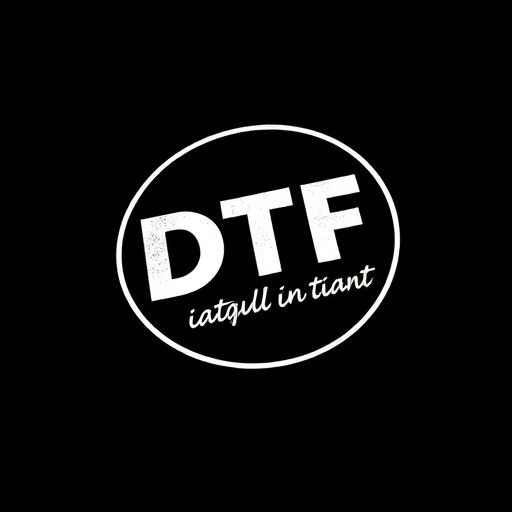
In today’s fast-paced commercial landscape, where efficiency and sustainability are paramount, DTF (Direct to Fabric) transfers have emerged as a game-changer. This innovative printing method excels in various applications, offering unparalleled durability and versatility. From promotional merchandise to uniform designs, DTF prints leave a lasting impression. Its extended durability ensures that products maintain their quality and design integrity over time, making it ideal for businesses seeking long-lasting marketing solutions.
DTF transfers find their strength in their ability to produce vibrant, high-resolution prints on a diverse range of fabrics. This makes them suitable for everything from branded apparel to promotional flags. The technology’s precision allows for intricate details and rich colors, ensuring that brands stand out and messages are conveyed effectively. Furthermore, DTF printing is not limited to flat surfaces; it can also be applied to curved or complex shapes, opening up a world of possibilities for creative designs in commercial spaces.
Ensuring Durability: The Secrets to Long-Lasting DTF Transfers
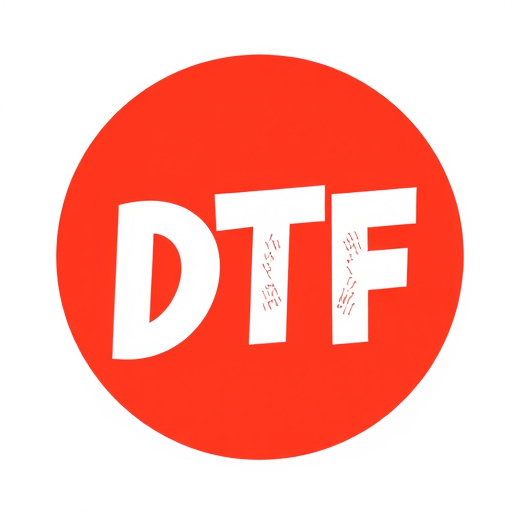
Ensuring Durability: The Secrets to Long-Lasting DTF Transfers
When it comes to commercial applications, the longevity and durability of transfers are paramount. Digital Thermal Transfer (DTF) prints stand out for their remarkable endurance, making them a preferred choice across various industries. Achieving extended durability in DTF transfers involves several strategic considerations. First and foremost, the quality of the printing process plays a critical role. Utilizing high-resolution printers with precise temperature control ensures sharp, detailed prints that resist fading and smudging over time.
Additionally, the choice of materials significantly impacts durability. Top-quality DTF films, designed for commercial use, offer enhanced adhesion and resistance to environmental factors like moisture, UV exposure, and extreme temperatures. Proper application techniques, including careful surface preparation and precise registration during printing, further contribute to long-lasting DTF prints. Regular maintenance and cleaning also play a vital role in preserving the integrity of these transfers, ensuring they maintain their vibrancy and clarity for years to come.
Best Practices for DTF Printing: Achieving Consistent Quality
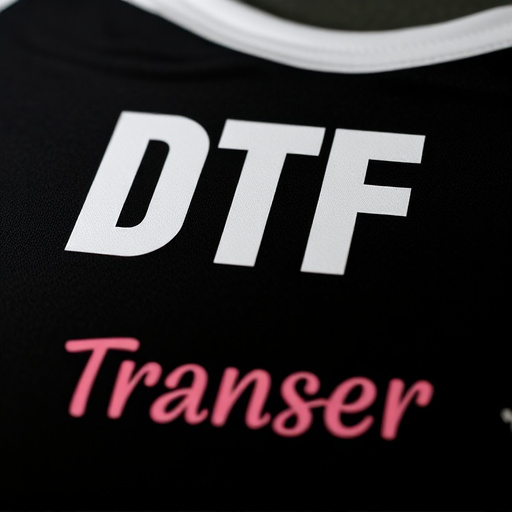
Achieving consistent quality in DTF (Direct to Fabric) printing is paramount for commercial applications demanding high-durability transfers. Best practices include meticulous preparation of both the fabric and design files. Using premium materials ensures optimal adhesion and color vibrancy. Before printing, carefully clean and degrease the fabric surface to eliminate any contaminants that could hinder the transfer process.
Moreover, precise settings adjustment on your printer is crucial. This involves selecting the appropriate heat and pressure levels for your specific fabric type. Regular calibration and maintenance of the printer also play a significant role in maintaining consistent print quality over time. Additionally, allowing adequate drying time between prints prevents smudging and ensures long-lasting, crisp DTF transfers.
Case Studies: Real-World Success Stories of DTF Transfer Solutions
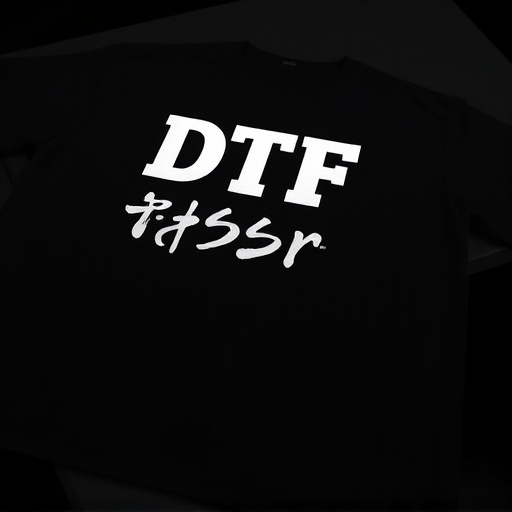
In recent years, DTF Transfer solutions have proven their mettle in various commercial applications, showcasing remarkable extended durability. These innovative printing techniques, based on DTF Printing, offer not just vibrant and high-quality DTF Prints, but also exceptional longevity under demanding conditions.
From outdoor advertising to corporate branding, case studies paint a compelling picture of real-world success. For instance, DTF transfers have been employed in harsh weather environments, with prints retaining their vibrancy and legibility for extended periods—a testament to their durability. Similarly, in high-traffic areas like airports and shopping malls, DTF technologies have withstood frequent handling and exposure to various elements, ensuring brand messages remain clear and consistent. These DTF Transfer solutions offer a compelling balance of aesthetics and robustness, making them indispensable tools for modern commercial printing.

